UML Use Case Diagrams allow for two seemingly equivalent ways to show that a given use case might be realised in several different ways namely use case generalizations as opposed to use case extensions. I have seen the following basically example modelled using either approach with equal frequency, sometimes within a single source.


To my mind an extension is a weaker relationship than generalization as a direct substitution of the specialised use case for the base case must be possible in generalization but not necessarily in extensions.
It seems to me that generalisation implies a polymorphic implementation is desired while extension implies some branching structure is to be used.
void makePayment(const PaymentDetails* pd)
{
pd->pay();
}
as opposed to
void makePayment(const PaymentDetails* pd)
{
switch(pd->type)
{
case EFT:
payViaEFT(pd);
break;
case PAYPAL:
payViaPayPal(pd);
break;
case CREDITCARD:
payViaCreditCard(pd);
break;
}
}
Isn't the Use Case stage far too early for such implementation specific concerns to be modelled? There are much more appropriate UML diagrams for that. Is there a hard and fast rule regarding which of the two to use and if so what is it?